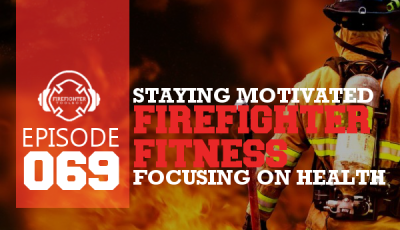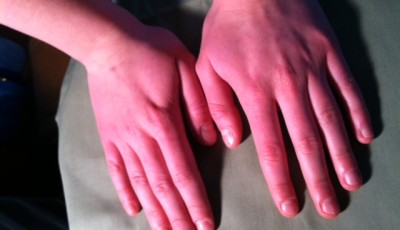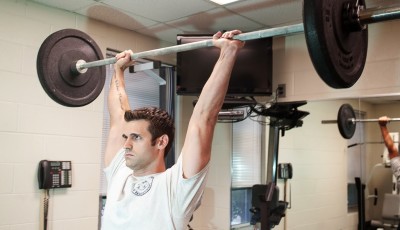The 5 Biggest Mistakes Firefighters Make Related to their Health – Mistake #2 [Part 3 of 6]
Mistake #2- Being too Narrow with your physical fitness training.
One of the things that struck me the most when I began to study the research regarding the physiological requirements of firefighting, was that this job requires all the components of fitness: muscular strength, muscular endurance, aerobic endurance and flexibility. In addition, the job is made harder and more dangerous if a firefighter is overweight.
Unlike other professions, the job tasks involved in firefighting are many and varied. Some duties, such as lifting patients, require a great deal of muscular strength; without it, the lift may not be executed well and/or those involved may become injured. Others tasks, such as fighting fires, require both muscular and aerobic endurance.
Health Factors
In fact, low aerobic capacity is a major risk factor for experiencing a heart attack among firefighters, and the risk is highest during fire suppression. That means that fighting a fire is so aerobically taxing, firefighters must have a high aerobic capacity to endure it, otherwise they are at risk of overloading their cardiovascular systems.
Additionally, flexibility is needed to assume the most ergonomically correct posture during a lifting task in order to reduce risk of back injury – the most common type of injury experienced by firefighters.
Furthermore, there are many research studies investigating the relationships between scores on fitness tests and performance on firefighter physical ability tests. Taken together, they illustrate that job performance is associated with scores on tests of muscular endurance (such as a push-up test), muscular strength (such as a grip strength test) aerobic capacity and body fat percentage. This information also leads to the conclusion that firefighters must not be too narrow in their fitness.
Focused Training versus Well Rounded Training
In my experience, is not uncommon to come across a person, firefighter or not, that does most of their exercise training in only one area (one that they prefer and that they’re most proficient in). For example, a person may prefer to participate in endurance training but dislikes lifting weights, so they are very endurant but not very strong. Typically, this is fine because people (non-firefighters) do not have to possess a high level of fitness in all areas. Only a moderate amount of flexibility, muscle mass and aerobic capacity will significantly reduce risk of chronic disease, and will allow individuals to go throughout their days without excess pain or fatigue. However, unlike members of the general population, firefighters must regularly carry out physically strenuous duties that require high amounts of strength, endurance and flexibility; and these tasks pose a greater risk for injuries or cardiovascular events with lower levels of fitness.
When I counsel my local firefighters, I try to help them understand how important it is to be well-rounded in their fitness, and I encourage them to try out new things. Since people are more likely to focus their energy in the areas that they like to work on, it is advantageous to try and find new exercises/activities that are enjoyable and help to improve weaker areas. Doing this can improve job performance, reduce overuse injuries (by avoiding repetitive exercise training), and decrease risk of experiencing an injury or cardiovascular event on the job.









